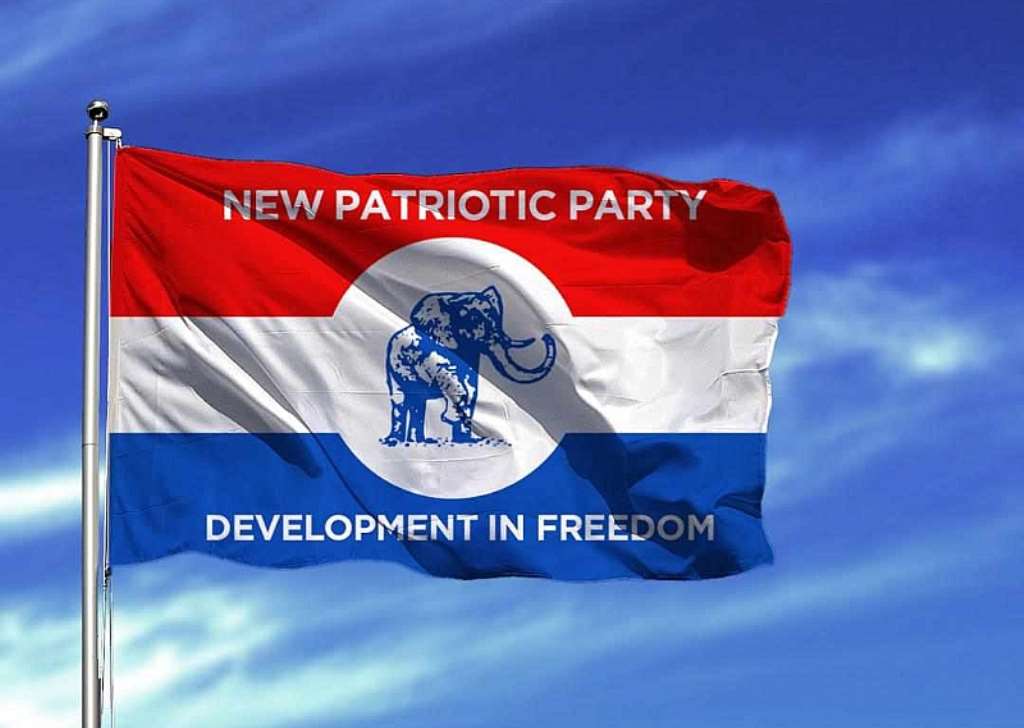
Viral content refers to any piece of content, such as a video, image, or text posted, that spreads rapidly and extensively through online channels.
The term “viral” itself draws an analogy to the way viruses multiply and spread exponentially, as Covid-19 and other viral diseases do. In the context of social media, the concept of virality has become synonymous with popularity, influence, and impact. When content goes viral, it has the potential to reach a vast audience, generate widespread discussion, and leave a lasting impression on individuals and communities.
From viral challenges and memes to heartwarming stories and controversial debates, content has the potential to spread rapidly across platforms, captivating audiences and igniting widespread engagement. The rise of social media has revolutionized the way information and entertainment are shared, allowing content to reach millions of people in a matter of hours or even minutes.
Social media platforms have become integral parts of human lives, serving as digital spaces for connection, expression, and information sharing. These platforms provide individuals with the ability to create and consume content, as well as interact with others through likes, comments, and shares.
In today’s digital age, the term “viral” has taken on a whole new significance, thanks to the power of social media. Going viral is no longer just a ‘fun’ activity, it has a commercial twist to it where individuals can leverage to make money, and actually use it as a source of employment. For the many youths in Ghana searching for employment, going and staying viral on social media is one of the avenues they can explore to make a living.
In this article, I explore eleven (11) major drivers of viral contents. The article seeks to answer the simple question; What makes a content (whether text, image or video) go viral on social media? These drivers are expected to guide anyone who wants to go into social media content creation and stay relevant in the space.
Eleven (11) Drivers of Viral Conten:
- Controversy
Content that sparks debate, provokes strong reactions, or challenges societal norms is highly shareable. Controversial content has the power to polarize opinions, but it also generates buzz and engagement as individuals weigh in on the discussion and share their perspectives with others. Content creators can strategically leverage controversy to spark conversations and generate interest in their content.
However, it is crucial for creators to be mindful of the potential risks and backlash associated with sensitive topics. It is important to find a balance between seeking attention and engagement while practicing responsible content creation in order to effectively maneuver one’s way around the complicated terrain of viral trends and contentious conversations on social media.
- Emotions
Emotional contents easily go viral. Whether it’s joy, surprise, sadness, or outrage, emotional content has a powerful impact on human behavior. Research has shown that content that elicits strong emotional responses is more likely to be shared and remembered by audiences.
Emotions trigger physiological responses in the brain, leading to deeper engagement and amplification on social media platforms. Thus, content that strikes an emotional chord with viewers is more likely to go viral, as individuals feel compelled to share their emotional experiences with others. This is why contents on relationship, ill-health, accident, celebrations or poverty are more likely to go viral.
- Novelty
Humans possess an inherent fascination with the unfamiliar and unexpected. It is within our nature to be captivated by content that defies conventions, breaks the mold, or presents a fresh perspective on familiar topics. Such content holds immense potential to seize the attention of audiences and ignite vibrant discussions across social media platforms. Whether it’s an innovative idea that challenges existing paradigms, an extraordinary phenomenon that defies explanation, or a whimsical invention that sparks curiosity, novelty acts as a magnetic force, drawing us in and compelling us to share our newfound discoveries with others. This is why contents such as an ‘expert’ view, or a genuinely ‘naive’ view on a topic, are most likely to go viral.
People tend to trust and respect individuals or sources perceived as authoritative. Content that is associated with experts, influencers, or reputable sources is more likely to be shared. Individuals want to align themselves with credible information and be seen as informed and knowledgeable. Sharing content endorsed by authority figures validates their own beliefs and enhances their own credibility within their networks.
On social media, where a constant stream of content competes for attention, the power of novelty cannot be underestimated. By harnessing the element of the unexpected and offering fresh perspectives, content creators can stand out from the crowd, capture the imagination of audiences, and spark a cascade of sharing and engagement. In a world hungry for new experiences and unconventional ideas, embracing the allure of novelty can be a key strategy in crafting content that resonates deeply and spreads rapidly.
- Timeliness and Currency
Content that is timely, relevant, tied to current events or aligns with the current zeitgeist, is more likely to go viral. Whether it’s breaking news, a trending topic, or a cultural moment, timely content capitalizes on the collective interest and attention of audiences, driving its virality across social media platforms. Content creators can monitor trending topics and capitalize on timely opportunities to create content that resonates with current events or cultural conversations.
When individuals encounter content that addresses current events or reflects the cultural zeitgeist, they are more inclined to engage with it, share it, and contribute to the ongoing discourse. By leveraging the power of timeliness, content creators can amplify their reach, spark meaningful conversations, and potentially achieve viral success.
However, it’s important for content creators to approach timely topics with sensitivity and authenticity. They should strive to provide valuable insights, unique perspectives, or meaningful contributions to the ongoing conversation. Simply capitalizing on trends for the sake of virality without adding substance or value can lead to backlash or loss of credibility.
- Entertainment Value
Laughter is a commodity that people are constantly searching for, especially in our part of the world where life is generally hard. Contents that entertain, amuse, or captivate viewers is therefore highly shareable. Whether it’s a funny video, a catchy song, or an engaging story, entertainment value is a key driver of virality on social media. Content creators often leverage humour, suspense, or excitement to capture the attention of audiences and keep them engaged enough to share the content with others.
Hence, if you’re a content creator, you may need to recognize the importance of incorporating elements such as humour, suspense, or excitement to capture the attention of audiences, ensuring that they remain engaged enough to share the content with their networks. By appealing to the innate desire for enjoyment and captivating experiences, a creator can tap into the viral nature of entertainment and create content that resonates widely.
- The Power of Storytelling
Storytelling is a fundamental aspect of human communication and has been used for centuries to convey information, share experiences, and connect with others. In the context of social media, storytelling plays a crucial role in creating viral content. Whether it’s a personal anecdote, a captivating narrative arc, or a compelling visual story, storytelling adds depth and resonance to content, making it more memorable and shareable. By tapping into universal themes, emotions, and experiences, a storyteller can create content that transcends cultural boundaries and resonates with audiences on a profound level, driving its virality across social media platforms.
- Psychological Triggers
In addition to the aforementioned factors, several psychological triggers contribute to contents going viral on social media. One such trigger is scarcity. People are more likely to share content that they believe is valuable or rare because it allows them to gain social status by being the first to share or possess such information. This can be seen in limited-time offers, exclusive behind-the-scenes footage, or invitations to exclusive events. The perceived scarcity adds an element of excitement and drives individuals to share the content in order to be seen as part of an exclusive group.
Reciprocity is another psychological trigger that plays a role in content virality. When individuals come across a content that provides them with knowledge, entertainment, or emotional connection, they are more likely to share it as a way of giving back, or contributing, to society.
Social identity is another psychological trigger that drives content virality. People have a strong desire to ‘belong’ and connect with others who share similar values, interests, or identities. When content aligns with their social identity, individuals are more likely to share it as a way to express their affiliation and strengthen their connection with like-minded individuals. This can be seen in content related to specific hobbies, religion or culture.
- Visual Appeal
Who doesn’t want to see beautiful things? A content that is visually appealing or aesthetically pleasing is more likely to capture the attention of audiences and encourage sharing. The visual aspect of content, be it in the form of breathtaking photography, captivating graphics, or exquisite design, wields the power to halt viewers in their scrolling tracks and impel them to share it. Content creators can leverage high-quality images, videos, and graphics to create visually compelling content that stands out in crowded social media feeds.
Visual content holds a unique advantage in the crowded space of social media feeds, as it has the potential to immediately captivate and engage viewers. By leveraging high-quality images, videos, and graphics, a content creator can craft visually compelling material that stands out amidst the sea of competing posts. These visually appealing elements have the ability to evoke emotions, spark curiosity, or simply provide a sense of aesthetic pleasure, prompting viewers to share the content with others who they believe will appreciate its visual allure.
Again, it is often easier to convey a message or evoke an emotional response through a well-crafted image or video than through text alone. Visuals have the ability to transcend language barriers and resonate with audiences on a universal level, making them more accessible and relatable to a broader range of viewers.
- Utility
Content that provides practical value or solves a problem for viewers is more likely to be shared. Whether it’s a helpful tutorial, a useful life hack, or a valuable resource, utility-driven content meets a specific need or desire, prompting individuals to share it with others who may benefit. A content creator can capitalize on this by offering solutions to common problems or providing valuable information that addresses the interests and concerns of their target audience.
- User-generated Content
When the audience are invited to be part of the content creation, it becomes imperative for them to share it. User-generated content fosters a sense of community and participation, as individuals find themselves in the content and are more likely to share it with their networks to amplify their own voices and experiences. Content creators can leverage user-generated content to build a sense of trust and authenticity with their audience, fostering deeper engagement and loyalty over time.
Examples of user-generated contents include; social media challenges, where users on platforms like TikTok or Instagram often participate in viral challenges by creating and sharing their own videos. These challenges can range from dance to comedy skits, and users put their own unique spin on them. Customer reviews and testimonials, where customers share their experiences and opinions about a product or service on websites, forums, or social media. Unboxing and product demonstrations, where consumers often create videos or posts where they share their excitement and firsthand experiences of unboxing a new product or demonstrating how to use it.
- Boosting
One way to increase the chances of content going viral is through boosting or promoting it. Boosting involves paying money to the platform or social media network to increase the visibility and reach of the content. This process allows the content to be mechanically shared with a wider audience, increasing its exposure and potential for going viral.
When content creators choose to boost their content, they can take advantage of the advertising tools and features provided by the platform. These tools often allow creators to specify their target audience based on demographics, interests, or other criteria. By selecting the right audience, creators can ensure that their content reaches individuals who are more likely to engage with and share the content.
Boosting helps overcome the challenge of organic reach, as social media algorithms often limit the visibility of content to a fraction of a creator’s followers. By boosting content, creators can bypass these limitations and ensure their content reaches a larger audience.
Let me quickly indicate, however, that while boosting increases the visibility of a content, it doesn’t guarantee virality. The content itself still needs to be compelling, valuable and have the qualities described in points 1- 10. Boosting simply amplifies the reach of the content, providing it with a wider exposure and increasing the likelihood of it being seen and shared by a larger audience.
Conclusion
Let me end here. I hope you feel educated and informed by this write up. I will come your away again with other insightful contents. Just continue to read and follow this platform and you’ll never regret you did. As I end, let me re-emphasize that a viral content on social media is driven by a combination of factors, each of which plays a unique role in capturing the attention of audiences, prompting engagement, and ultimately driving virality. By understanding these drivers of viral content and leveraging them effectively, you increase the chances of creating contents that resonate with audiences, spark conversations, and leave a lasting impact on the digital space. As social media continues to evolve, the study of viral trends remains an exciting field, offering valuable insights into the behaviours, preferences, and motivations of online audiences.
Thank you for reading today’s episode. Continue to follow the insightful articles I share on this page.
See you.
Writer: Daniel Fenyi
The writer is a licensed counselor, professional writer and conference speaker who guides the youth through his writings. If you have any concerns, reach him via email [email protected]
The post The psychology behind viral trends: What makes content go viral on social media? first appeared on 3News.
Read Full Story






















Facebook
Twitter
Pinterest
Instagram
Google+
YouTube
LinkedIn
RSS